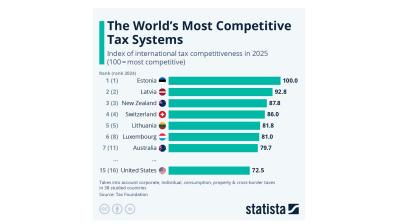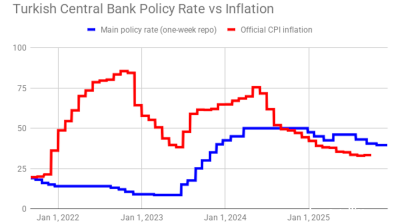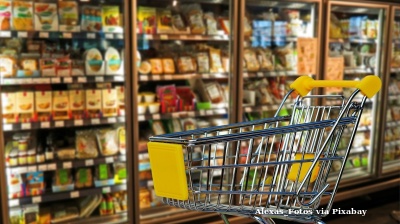Russia puts in a solid set of economic results in May as the sanctions shock and low base effects wear off

Russia's economic trends in May were positive across various sectors, according to RosStat’s recent data release. They showed growth in agricultural output, metals production, freight wagon output and more as the initial shock of sanctions wears off and the economy starts to enjoy a boost from wartime production.
Indeed, the Russian economic performance in the last few months has been so strong that in its latest report, the Central Bank of Russia (CBR) said it was worried that the economy might be overheating.
In April, Russia's agricultural output experienced a significant rise of 3.2%, partly due to an all-time record harvest in 2022.
The metals industry, a key sector in Russia, recorded a notable increase of 4.8% in output during April and is bolstered by the fact that it is one of less sanctioned sectors.
The share of loss-making firms in Russia has also declined to 31.4% in the first quarter of the year, according to RosStat. Profitability improved and financial stability among businesses operating in various sectors strengthened as growth drove businesses forward. This result was matched by the rising PMI indicator that has been climbing for 13 straight months.
Transport has also been lifted as goods have to travel further to Far Eastern markets after much of Europe closed its doors on Russia. Freight wagon output witnessed a substantial rise of 18% in April.
Russia's annual inflation has temporarily fallen to a record low of 2.41% as per the latest data, although the CBR expects inflation to finish the year at 5-8%.
Other sectors that experienced positive growth include fertiliser output, coal production, industrial output, gasoline production, retail sales, real wages and car output; some of these, such as cars, are doing well on the low base effects from last year’s sanctions shock.
Industrial production in particular switched from a 5.1% year-on-year contraction in March when the war started to a 7.4% gain in April as the low base effects wore off. Real incomes have also benefited and gone back into the black thanks to the dramatic fall in inflation since the start of this year.
Data

BYD surpasses Tesla to become EV market leader – Statista
While Chinese manufacturer BYD already pulled ahead of Tesla in production volume last year, with 1,777,965 battery electric vehicles (BEV) produced in 2024 (4,500 more than Tesla), the American manufacturer remained ahead in sales.

Estonia has the world’s most competitive tax systems for the 11th year in a row – STATISTA
The Tax Foundation has released its International Tax Competitiveness Index which highlights the most competitive tax rates in different countries around the world. For the 11th consecutive year, Estonia had the highest score in the index.

EU rare earth supply dominated by China and Russia - Eurostat
The European Union remains heavily dependent on China and Russia for rare earth imports, with nearly three-quarters of its supply sourced from the two countries in 2024, according to data published by Eurostat and reported by Statista.

Turkey's central bank remains cautious, delivers 100bp rate cut
Decision comes on eve of next hearing in trial that could dislodge leadership of opposition CHP party.

.jpg)
